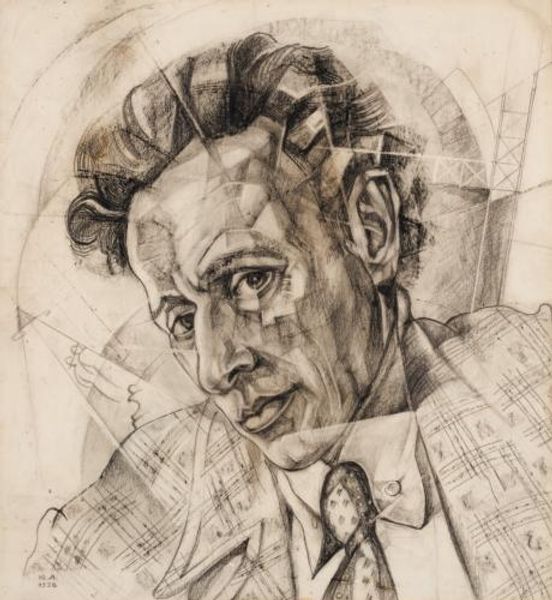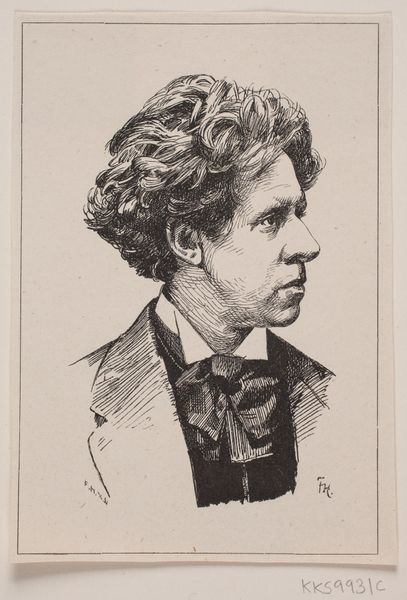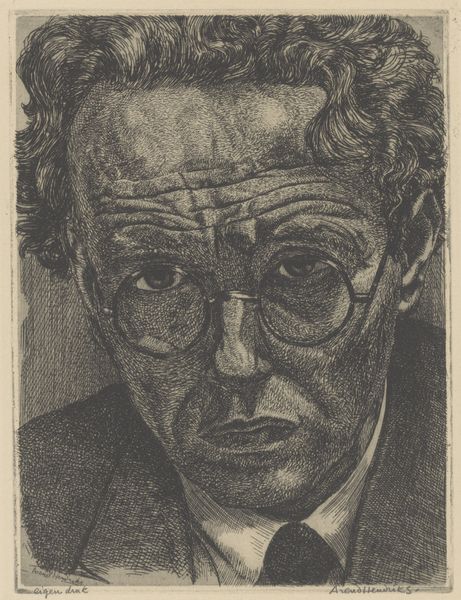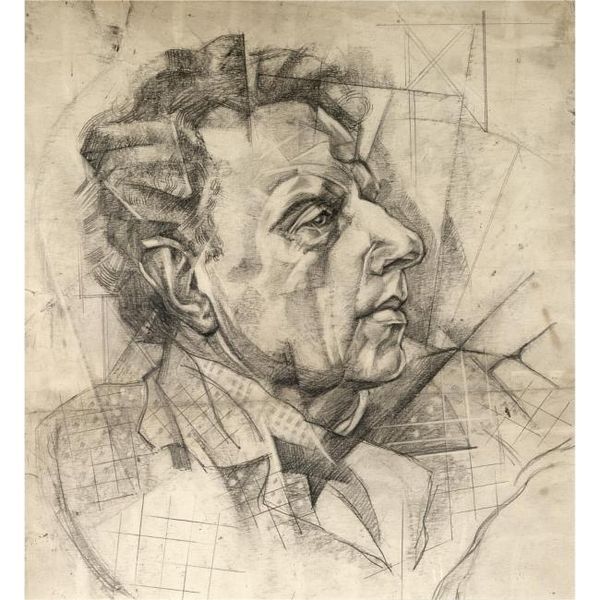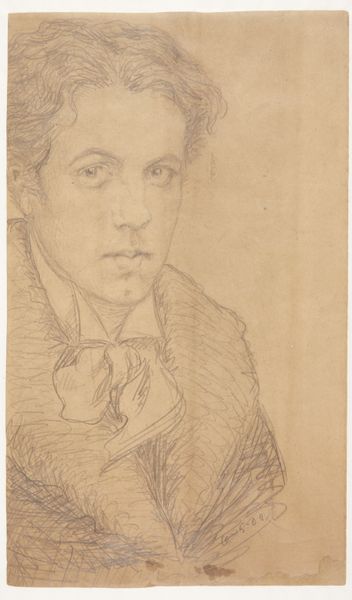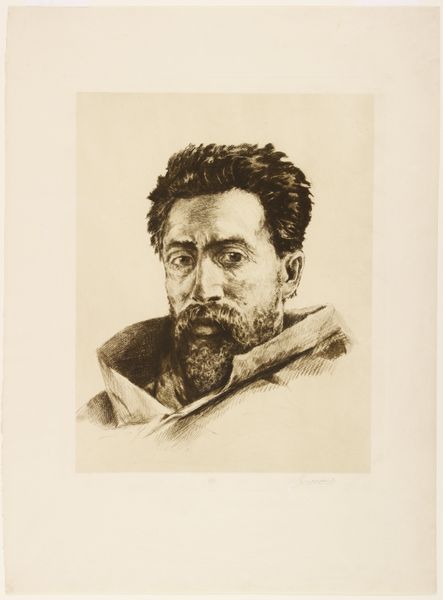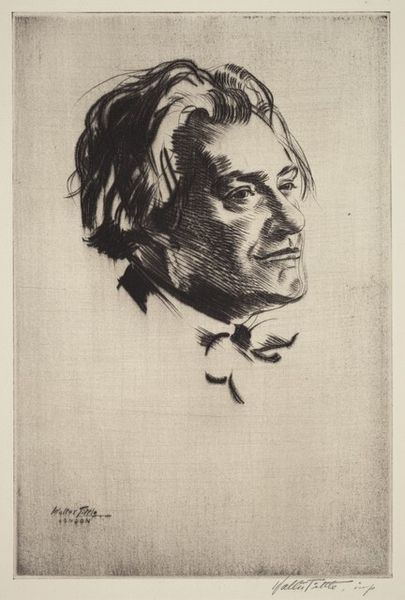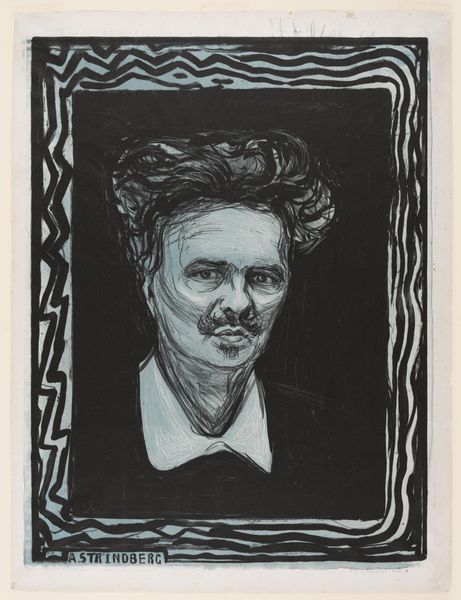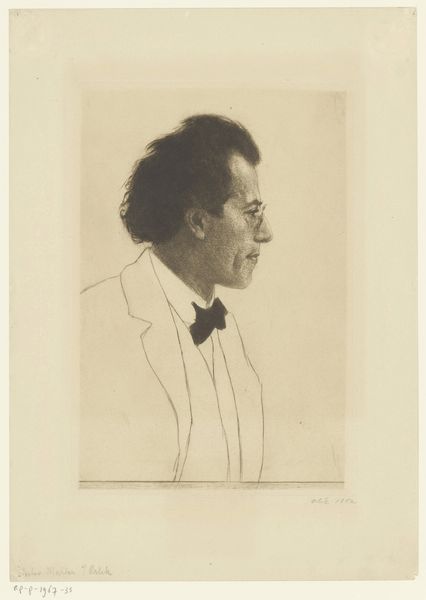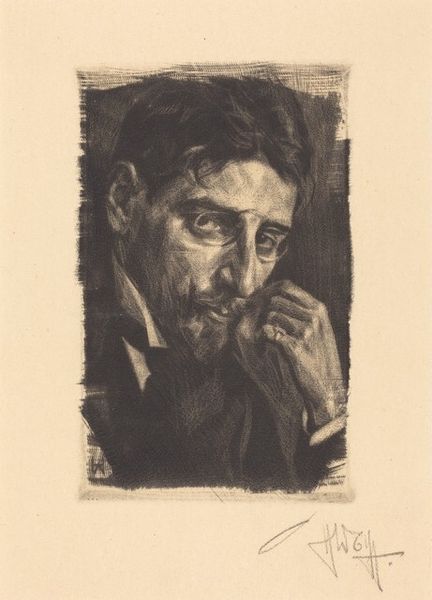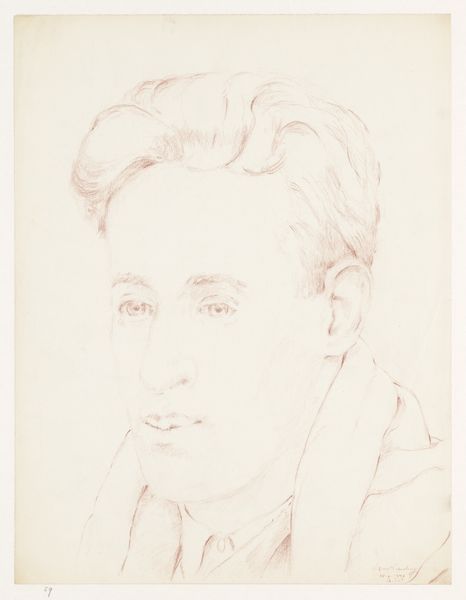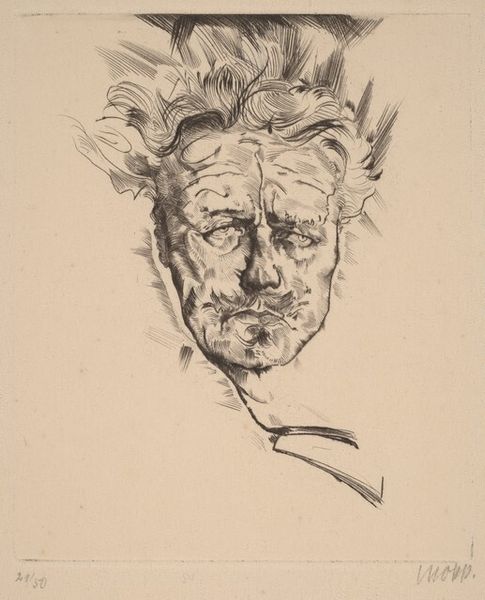
Ernst Toller c. 20th century
Copyright: CC0 1.0
Curator: This is Clare Leighton's portrait of Ernst Toller, a wood engraving. It presents a striking image, doesn't it? Editor: Yes, the stark contrast between light and shadow immediately commands attention, creating a palpable tension in the composition. Curator: Toller was a prominent figure in the German Revolution, later exiled with his work suppressed. Leighton, as a politically conscious artist, likely chose this medium to reflect the harsh realities of Toller's life. Editor: Absolutely. The sharp, angular lines contribute to a feeling of unease, almost as if the image itself is resisting legibility, much like Toller's voice being suppressed. Curator: Leighton, being a woman artist, gives us a glimpse into the politically turbulent interwar period and intellectual circles through her unique lens. Editor: Agreed. The somber mood, the dramatic chiaroscuro, it all coalesces into a powerful statement about the precariousness of freedom of expression. Curator: Precisely. The artwork allows us to contemplate the role of art in reflecting and challenging social and political realities. Editor: Indeed, a masterclass in how form can amplify historical context.
Comments
No comments
Be the first to comment and join the conversation on the ultimate creative platform.
